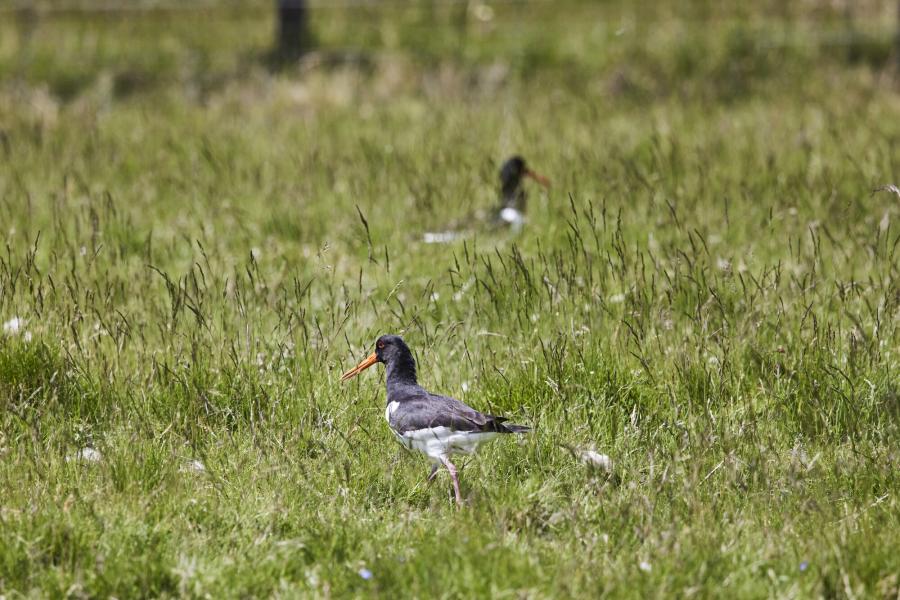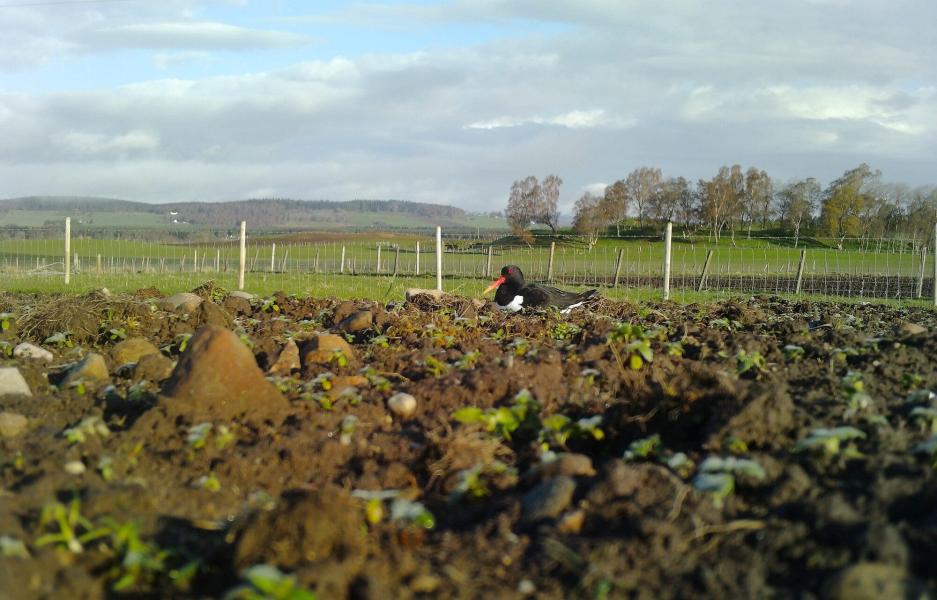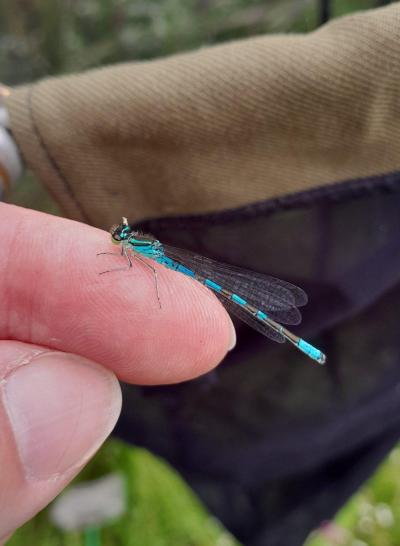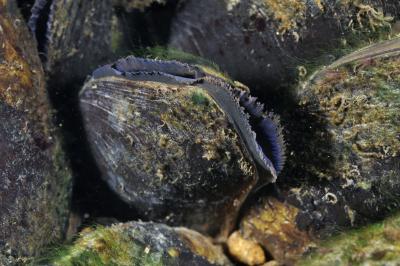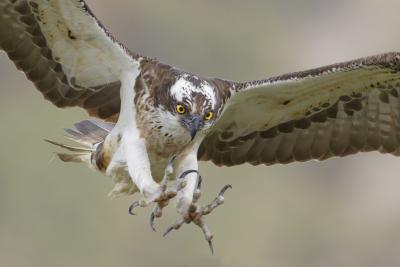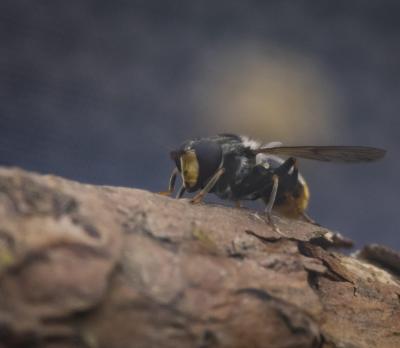Oystercatcher
Haematopus ostralegus
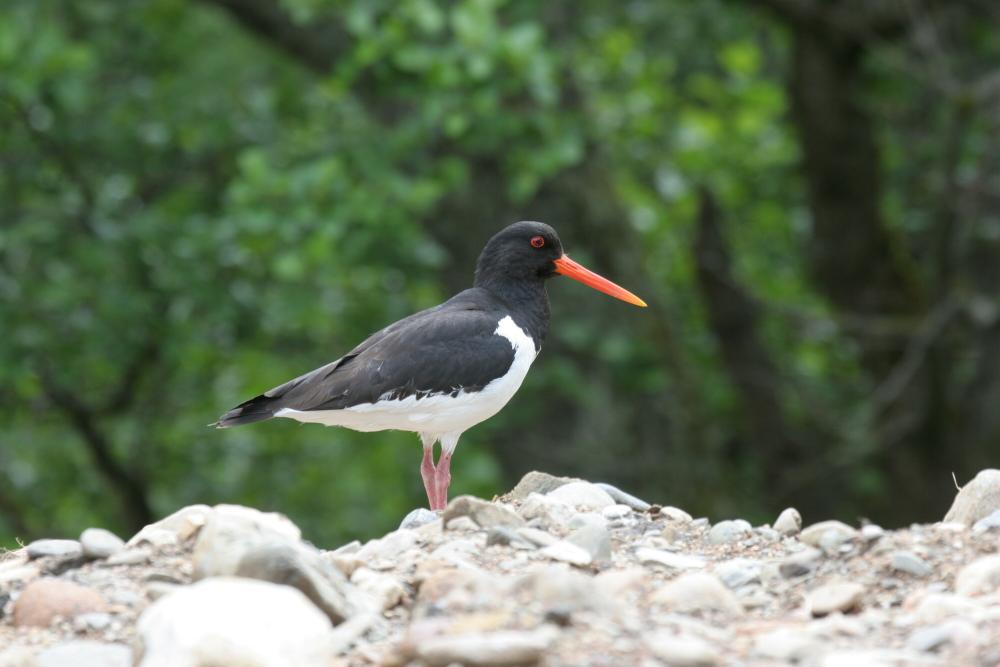
In the early 19th century, oystercatchers bred almost exclusively on the coast, preferring tidal estuaries and rocky shores, but they have gradually moved inland, and the Cairngorms National Park is now one of their summer breeding strongholds.
Factsheet
Weight: 0.4 - 0.65kg
Lifespan: 12 years
Best time to spot: Summer
“A wing of oystercatchers pass, In unison formation flight, Red Arrows in black and white” This is how writer Merryn Glover describes oystercatchers in her poem ‘Loch Insh Birds’, published in The Cairngorms Kist: A Commonplace Book of the Cairngorms in 2023.
It perfectly sums up the way a group of oystercatchers - known as a parcel - rapidly flap their wings and zoom through the air in flight, their bright orange bills leading the way. Their bill, along with their reddish-pink legs, makes them one of the most easily recognised waders in the UK.
The oystercatcher’s feathers are black and white: in flight, they have a defined white wing stripe, a black tail, and a white rump that extends as a V between the wings. When it comes to spotting one, you will most likely hear them before you see them though. Their loud, whistle-like ‘peep peep’ call will be recognisable to anyone who has spent time on the UK’s coast.
The birds arrive here as winter comes to a close, providing a clue that warmer weather is on its way. They make their nests - also known as scrapes - on rough, unimproved farmland and on wetter upland grassland.
Did you know?
In the early 19th century, oystercatchers bred almost exclusively on the coast, preferring tidal estuaries and rocky shores, but they have gradually moved inland, and the Cairngorms National Park is now one of their summer breeding strongholds.
Factsheet
Weight: 0.4 - 0.65kg
Lifespan: 12 years
Best time to spot: Summer
“A wing of oystercatchers pass, In unison formation flight, Red Arrows in black and white” This is how writer Merryn Glover describes oystercatchers in her poem ‘Loch Insh Birds’, published in The Cairngorms Kist: A Commonplace Book of the Cairngorms in 2023.
It perfectly sums up the way a group of oystercatchers - known as a parcel - rapidly flap their wings and zoom through the air in flight, their bright orange bills leading the way. Their bill, along with their reddish-pink legs, makes them one of the most easily recognised waders in the UK.
The oystercatcher’s feathers are black and white: in flight, they have a defined white wing stripe, a black tail, and a white rump that extends as a V between the wings. When it comes to spotting one, you will most likely hear them before you see them though. Their loud, whistle-like ‘peep peep’ call will be recognisable to anyone who has spent time on the UK’s coast.
The birds arrive here as winter comes to a close, providing a clue that warmer weather is on its way. They make their nests - also known as scrapes - on rough, unimproved farmland and on wetter upland grassland.
Did you know?
Oystercatchers will return to the same nesting site, and even the same nest, year after year, often with the same partner.
The female lays one to four eggs, though it’s unusual for more than two to survive to adulthood. They are slightly smaller than domestic hens’ eggs, and very spotted to help them blend in with their surroundings and reduce the chance of attack from above. While both parents take part in egg incubation, it’s mainly the female’s responsibility. The male takes charge of defending the nest.
When first born, oystercatcher chicks need to be fed by their parents - the only British wader where this is the case. They are not completely helpless, though. They hatch with their eyes open, feathered and able to walk.
Despite their name, oystercatchers actually eat very few oysters. On the coast, they choose bivalves such as mussels and cockles, gastropods like snails, whelks and limpets, and fish and crabs. When inland, they feed on earthworms and insect larvae.
The oystercatcher is known as gille-brìghde - Saint Brigid’s servant - in Gaelic, and stories abound about this Celtic saint’s link to the bird.
Need to know
Oystercatchers are ground nesting birds, and need our help. To help prevent wildlife disturbance we ask that you:
- Pass wildlife slowly, steadily and cautiously when you do come across it.
- Don’t linger if an animal is disturbed by your presence.
- Use paths wherever possible to avoid trampling nests and prevent damage to vegetation.
- Take care if swimming or paddling near islands, as these are often a refuge for wildlife.
- Keep your dog in sight, if you are unsure if there are animals around it is safest to use a lead.
- Walk your dog on a lead, or at heel, during the breeding season where there are ground nesting birds.
- Learn to spot the signs of disturbance when watching wildlife, and be prepared to move on if you see these.
- Follow any local advice or signage about avoiding disturbance to wildlife.





